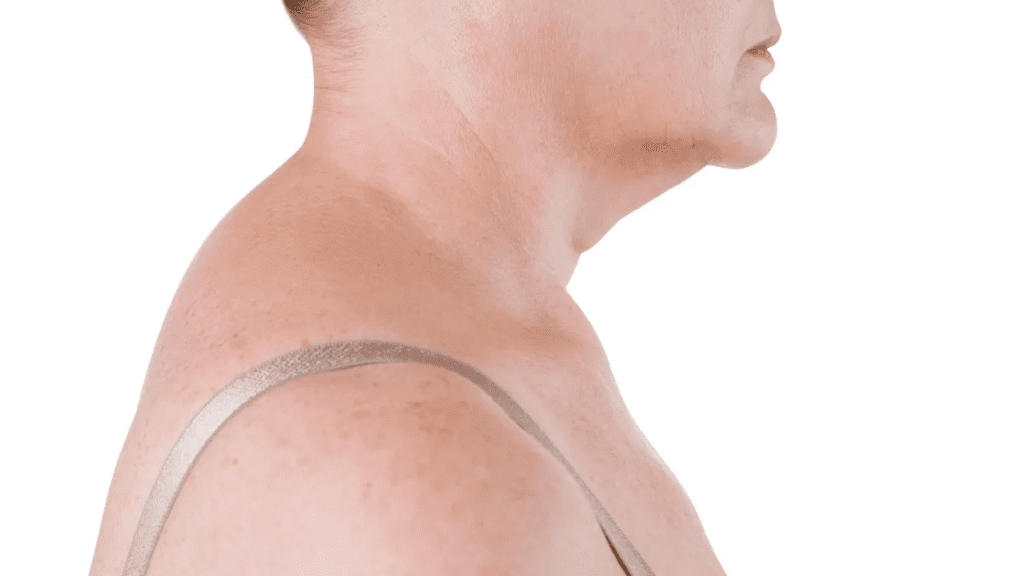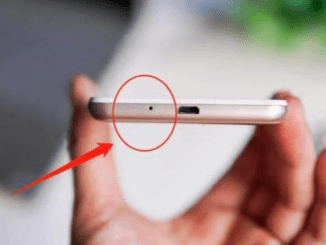A buffalo hump refers to the unsightly accumulation of fat at the back of the neck, right between the shoulders. Though it might seem like just a cosmetic concern, it can also indicate an underlying health issue. People with obesity, Cushing’s syndrome, or those on medications like corticosteroids may be more prone to developing this condition. It’s important to remember that a buffalo hump is a symptom, not a disease. Treating it effectively means addressing the root cause. Let’s dive into the details to understand what it is and what you can do about it.
What Causes a Buffalo Hump?

Several factors contribute to the development of a buffalo hump, and understanding them is essential to find the right treatment. The most common causes include:
- Prolonged Use of Corticosteroids – Medications like corticosteroids can alter fat distribution in the body, leading to the formation of a buffalo hump.
- Obesity – Excess weight often accumulates in certain areas, including the neck, making the hump more prominent.
- Cushing’s Syndrome – This condition leads to excessive levels of cortisol, a hormone that affects fat distribution.
- Osteoporosis – The weakening of bones in the spine can cause the back to hunch, making the fat at the base of the neck appear more prominent.
- Genetic Factors and Other Medical Conditions – Lipodystrophy, a condition that causes abnormal fat distribution, can also result in a buffalo hump.
Understanding the cause is key to managing the hump effectively.
Health Conditions Linked to Buffalo Humps
Buffalo humps don’t just appear without a reason. They’re often linked to specific medical conditions that require professional care.
- Cushing’s Syndrome – As mentioned, this condition leads to high cortisol levels, which are directly linked to fat buildup around the neck. Other symptoms include weight gain, especially around the midsection, and thinning skin.
- Osteoporosis – When the spine weakens, it can lead to deformities that exaggerate the appearance of the buffalo hump.
- Lipodystrophy and Metabolic Disorders – These can cause abnormal fat distribution and require specific medical interventions to manage.
These conditions emphasize the importance of getting a proper diagnosis from a healthcare professional.
Key Symptoms to Watch For
You’ll likely notice the visible accumulation of fat on the back of the neck first. However, the hump might not be the only thing to be concerned about. Keep an eye out for:
- Weight gain, especially in the upper body
- Thinning skin that bruises easily
- High blood pressure
- Elevated blood sugar levels
- Muscle weakness and fatigue (particularly if linked to Cushing’s syndrome)
Recognizing these symptoms early can help you seek timely medical attention and possibly prevent the condition from worsening.
How to Diagnose a Buffalo Hump
Diagnosis begins with a physical examination. A doctor will evaluate the size and consistency of the hump and ask about your medical history. This will likely be followed by some tests:
- Blood Tests – These can help rule out or confirm conditions like Cushing’s syndrome by checking hormone levels.
- Imaging Studies – X-rays, MRIs, or bone density scans might be used to identify underlying conditions like osteoporosis or structural issues in the spine.
By understanding the underlying cause, your healthcare provider can recommend the most appropriate course of treatment.
Medical and Surgical Treatment Options

Treating a buffalo hump depends largely on what’s causing it. The good news? There are various treatment options available.
- Medication Adjustment – If the hump is caused by prolonged corticosteroid use, adjusting or stopping the medication under your doctor’s supervision might be enough to reverse the hump.
- Treating Cushing’s Syndrome – This might involve medication to control cortisol levels, surgery, or radiation therapy in more severe cases.
- Weight Loss – If obesity is the culprit, losing weight through a healthy diet and exercise can reduce the hump significantly.
- Surgical Removal – In rare cases where the hump is large or causing significant discomfort, surgical removal of the fat might be an option.
The right treatment depends on your individual case, so working closely with your healthcare provider is essential.
Lifestyle Changes and Home Remedies to Consider
While medical treatment is often necessary, making simple lifestyle changes can help reduce the appearance of a buffalo hump or prevent it from getting worse.
- Exercise Regularly – Focus on exercises that improve posture and promote fat loss. Yoga and Pilates can be particularly beneficial for strengthening the muscles in your neck and back.
- Maintain Good Posture – Poor posture can make a buffalo hump look worse, so be mindful of how you carry yourself. Consider using ergonomic furniture or getting a standing desk to reduce strain on your neck and back.
- Healthy Eating – A balanced diet rich in lean proteins, fruits, and vegetables can help you manage your weight, which may reduce the size of the hump.
Small, consistent changes can have a big impact over time.
Preventative Measures for the Future

Preventing a buffalo hump requires a proactive approach. Here’s what you can do:
- Maintain a Healthy Weight – Staying active and eating well can prevent fat from accumulating in the neck area.
- Regular Check-ups – Regular visits to your doctor can help catch conditions like Cushing’s syndrome early, allowing you to manage them before they cause noticeable symptoms like a buffalo hump.
- Posture Awareness – Always pay attention to how you’re sitting or standing. Good posture not only helps prevent a hump but also improves overall spine health.
Taking these steps can help you avoid future neck issues.
When to See a Doctor
If you notice a buffalo hump developing, don’t ignore it, especially if it’s accompanied by other symptoms like rapid weight gain, high blood pressure, or unusual fatigue. These could be signs of an underlying condition that needs medical attention. Early diagnosis and treatment can prevent the condition from worsening and help you address any serious health issues behind it.
Conclusion: Take Control of Your Health
A buffalo hump might seem like a small, cosmetic issue, but it can indicate deeper health concerns. By understanding the causes, symptoms, and treatment options, you can take control of your health. Whether through medical treatment or lifestyle changes, addressing a buffalo hump is about more than just appearance—it’s about ensuring your overall well-being. If you suspect you have a buffalo hump, reach out to a healthcare professional to get the guidance you need.


